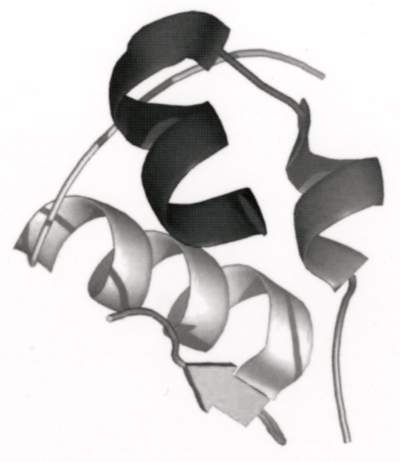Since diabetes is characterized by the increasing destruction of insulin-producing pancreatic beta cells, advanced diabetes may necessitate transplanting beta cells, the pancreatic islets where they are produced, or even the entire pancreas and a kidney. Transplants are risky, however, first requiring potentially lethal drug or radiation treatment to wipe out the patient’s immune system and prevent transplant rejection. Even after such measures, a residual immunity sometimes causes rejection.
Working with bone marrow transplants for terminal leukemia patients, Prof. Yair Reisner of the Immunology Department has found a way to overcome residual immunity even in the case of transplants from unmatched donors. His method removes the main obstacles limiting the use of mismatched transplants - namely, graft failure and an adverse immunological reaction called graft-versus-host disease.
Normally, a donor and recipient are considered compatible when they are matched for all six immunological markers on their chromosomes - three inherited from the mother and three from the father. In Reisner’s method, developed in collaboration with Prof. Massimo Martelli of Italy’s Policlinico Monteluce, the donor and the recipient need to be matched for only three markers. Such a partial match is always found between parents and children, and there is a 75 percent chance of finding it between siblings.
To date, hundreds of patients throughout Europe have been treated using this approach, yielding significant success rates, as reported in the New England Journal of Medicine, Blood, and other publications. Following these encouraging results, Phase 1 clinical trials are currently under way in major centers in the United States, and the European Bone Marrow Transplantation Society has recently launched a formal prospective study in 35 centers throughout Europe.
A key element of this method is the use of extremely large doses of donor marrow that literally overwhelm the recipient’s rejection mechanism. The donated stem cells are “cleansed” to erase the characteristics contributing to rejection in mismatched transplants. But why does it work? How does bombarding the patient with a megadose of donor stem cells prevent transplant rejection?
A new study by Reisner and his team at the Weizmann Institute’s Department of Immunology provides insights into this riddle. They have shown that certain stem cells, using a “veto” mechanism, are capable of protecting themselves against attack by the body’s immune system. In addition to offering a possible explanation of how stem cells aid in preventing immune rejection, this finding may prove vital in targeting another longstanding research challenge - to lower the radiation dosages accompanying transplant therapies in a range of diseases, from advanced diabetes to leukaemia.






















